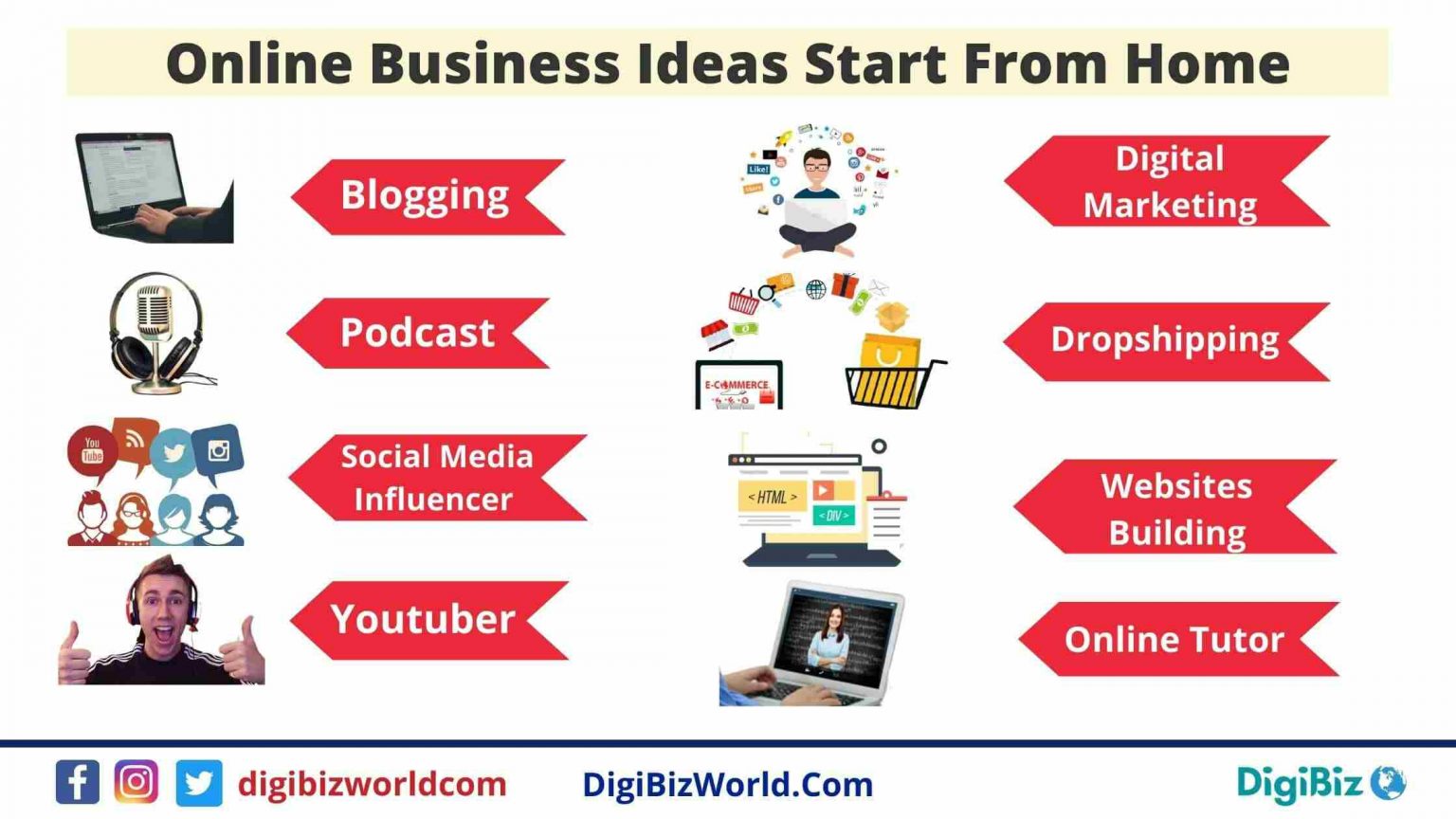In today’s fast-paced world, advertising has become an integral part of our lives. From billboards to social media posts, we are constantly bombarded with promotional messages designed to capture our attention and influence our purchasing decisions. Advertising is a complex and fascinating field that combines elements of psychology, creativity, and business strategy to create persuasive messages that resonate with consumers.
The history of advertising dates back centuries, but its modern form emerged in the late 19th and early 20th centuries with the rise of mass media and the development of new technologies. Today, advertising is a multi-billion-dollar industry that spans a wide range of platforms, including television, print, radio, online, and social media. With such a vast reach, advertising has the power to shape public opinion, promote products and services, and drive economic growth.
In the following sections, we will delve into the captivating world of advertising, exploring its history, techniques, and impact on society. We will also examine the ethical considerations and regulations that govern advertising practices to ensure that they are fair and responsible.
Page Contents
Advertising
Persuasive messages shape consumer choices.
- Mass media and technology driven.
- Economic growth and job creation.
- Ethical considerations and regulations.
Advertising is a complex and dynamic field that continues to evolve with the changing media landscape and consumer preferences.
Mass media and technology driven.
The rise of mass media and the development of new technologies have been instrumental in shaping the advertising landscape.
- Television:
The advent of television in the mid-20th century revolutionized advertising. TV commercials allowed advertisers to reach a vast audience and create memorable and impactful messages.
- Print media:
Newspapers, magazines, and other print publications have been traditional channels for advertising. Print ads provide detailed information about products and services and can target specific demographics.
- Radio:
Radio advertising has been around for nearly a century and continues to be a popular medium for reaching listeners on the go. Radio ads can be informative, entertaining, and effective in driving brand awareness.
- Online advertising:
The internet has transformed advertising in recent decades. Online ads appear on websites, search engines, and social media platforms. They can be targeted to specific users based on their demographics, interests, and browsing behavior.
As technology continues to evolve, new advertising platforms and techniques are emerging. For example, mobile advertising has become increasingly important as more people access the internet on their smartphones and tablets. Social media advertising allows businesses to connect with consumers on a more personal level and build brand communities.
Economic growth and job creation.
Advertising plays a significant role in driving economic growth and job creation. Here’s how:
1. Increased consumer spending: Advertising stimulates consumer spending by informing people about new products and services, creating awareness of brands, and persuading them to make purchases. When consumers spend more money, businesses generate more revenue, which leads to economic growth.
2. Job creation: The advertising industry itself employs millions of people worldwide. These jobs include advertising executives, copywriters, graphic designers, market researchers, and media buyers. Additionally, advertising supports jobs in other industries, such as media production, printing, and distribution.
3. Increased investment and innovation: Advertising encourages businesses to invest in new products and services, as well as research and development. Companies know that advertising can help them reach a wider audience and generate more sales, so they are more likely to invest in innovation to stay competitive.
4. Improved efficiency and productivity: Advertising can help businesses become more efficient and productive by allowing them to target their marketing efforts more precisely. By using data and analytics, advertisers can identify and reach consumers who are most likely to be interested in their products or services. This targeted approach reduces wasted advertising spending and improves the return on investment.
Overall, advertising is a vital part of the global economy. It helps businesses grow, creates jobs, and drives innovation. Without advertising, the economy would be much smaller and less dynamic.
Ethical considerations and regulations.
Advertising is a powerful tool that can be used to inform, persuade, and even manipulate consumers. As such, there are a number of importantправкаethical considerations and regulations that govern advertising practices.
1. Truthful and accurate advertising: Advertisers are required to be truthful and accurate in their advertising claims. This means that they cannot make false or misleading statements about their products or services. For example, an advertiser cannot claim that a product can cure a disease if it has not been proven to do so.
2. Avoiding deceptive practices: Advertisers cannot engage in deceptive practices that are intended to trick or deceive consumers. This includes using misleading visuals, fine print, or other techniques to create a false impression about a product or service.
3. Protection of vulnerable groups: Advertisers must take special care when advertising to vulnerable groups, such as children and the elderly. Advertisements should not exploit the vulnerabilities of these groups or target them with inappropriate or misleading content.
4. Regulation of advertising content: In many countries, there are government agencies that are responsible for regulating advertising content. These agencies review advertisements to ensure that they comply with the law and do not contain any illegal or inappropriate content. For example, some countries have laws that prohibit advertising tobacco products or alcohol on television during certain times of day.
Overall, the goal of advertising regulations is to protect consumers from false or misleading advertising, ensure that vulnerable groups are not exploited, and maintain a level playing field for businesses.
FAQ
Here are some frequently asked questions (FAQs) about advertising:
Question 1: What is the purpose of advertising?
Answer 1: The purpose of advertising is to inform consumers about products and services, create awareness of brands, persuade people to make purchases, and build relationships with customers.
Question 2: What are the different types of advertising?
Answer 2: There are many different types of advertising, including television advertising, print advertising, radio advertising, online advertising, and social media advertising. Each type of advertising has its own strengths and weaknesses, and advertisers choose the mix of advertising media that is most effective for their target audience.
Question 3: How do advertisers target their audience?
Answer 3: Advertisers use a variety of methods to target their audience, including demographics, psychographics, and behavioral data. Demographics include factors such as age, gender, income, and education. Psychographics include factors such as personality, values, and lifestyle. Behavioral data includes factors such as browsing history, purchase history, and social media activity.
Question 4: How do I know if an advertisement is credible?
Answer 4: There are a few things you can look for to determine if an advertisement is credible. First, consider the source of the advertisement. Is it a reputable company or organization? Second, look for evidence to support the claims made in the advertisement. Are there testimonials from customers or experts? Third, be aware of your own biases and preconceptions. Are you more likely to believe an advertisement that confirms your existing beliefs?
Question 5: How can I protect myself from false or misleading advertising?
Answer 5: There are a few things you can do to protect yourself from false or misleading advertising. First, be skeptical of advertisements that make outrageous claims. Second, read the fine print carefully. Third, do your own research before making a purchase. Look for reviews and comparisons of products and services online.
Question 6: How can I avoid being manipulated by advertising?
Answer 6: There are a few things you can do to avoid being manipulated by advertising. First, be aware of the different advertising techniques that are used to persuade consumers. Second, think critically about the messages that you see in advertisements. Third, make purchasing decisions based on your own needs and wants, not on what advertisers tell you that you need.
Closing Paragraph for FAQ
These are just a few of the most frequently asked questions about advertising. If you have any other questions, please feel free to do some research online or consult with a marketing professional.
In the next section, we will provide some tips for creating effective advertising campaigns.
Tips
Here are a few tips for creating effective advertising campaigns:
Tip 1: Know your audience.
The first step to creating an effective advertising campaign is to understand your target audience. Who are they? What are their needs and wants? What are their pain points? Once you know your audience, you can tailor your advertising messages to appeal to them.
Tip 2: Set clear goals and objectives.
What do you want to achieve with your advertising campaign? Do you want to increase brand awareness, generate leads, or drive sales? Once you know your goals, you can develop a strategy to achieve them.
Tip 3: Create compelling creative.
Your advertising creative is what will capture your audience’s attention and persuade them to take action. Make sure your creative is visually appealing, relevant to your target audience, and consistent with your brand identity.
Tip 4: Use a variety of advertising channels.
There are many different advertising channels available, including television, print, radio, online, and social media. The best way to reach your target audience is to use a variety of channels to maximize your reach and impact.
Closing Paragraph for Tips
By following these tips, you can create advertising campaigns that are effective and achieve your desired results.
In the next section, we will discuss the future of advertising and how it is likely to evolve in the coming years.
Conclusion
In this article, we have explored the world of advertising, from its history and techniques to its impact on society. We have also discussed the ethical considerations and regulations that govern advertising practices.
Advertising is a complex and dynamic field that is constantly evolving. As new technologies and media platforms emerge, advertisers are finding new and innovative ways to reach and engage consumers. However, the basic principles of advertising remain the same: to inform, persuade, and build relationships with customers.
Closing Message
Whether you are a consumer or a business owner, it is important to understand how advertising works and how it can be used to influence your decisions. By being aware of the different advertising techniques that are used, you can make more informed choices about the products and services that you purchase.
Advertising can be a powerful tool for good, but it can also be used to manipulate and deceive consumers. It is important to be skeptical of advertising claims and to do your own research before making purchasing decisions. By being informed and aware, you can protect yourself from false or misleading advertising and make choices that are in your best interests.





